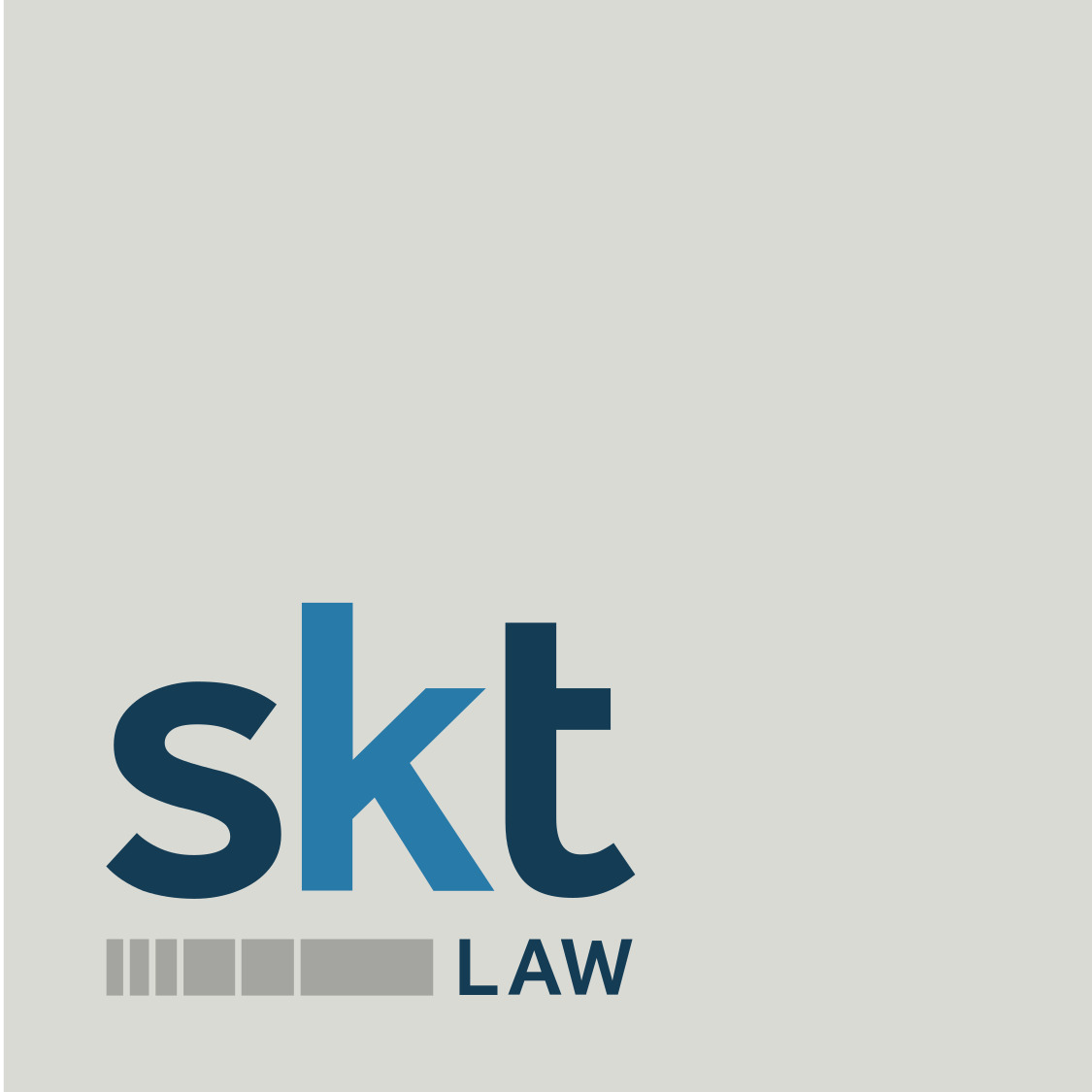As a business owner, if you haven’t experienced this already, there will come a day when an employee will come to you requesting to take leave for a medical condition. It seems like a straightforward request, but as you start to dig deeper, questions arise. Now you ask yourself: Is this covered under the Family and Medical Leave Act (FMLA)? Or does it qualify as Short-Term Disability? Could your employee be entitled to both? It can be easy to confuse the two options due to their overlapping nature and requirements.
At SKT Law, we break down the complexities of short-term disability and FMLA, helping you stay compliant and safeguarding your company.
“FMLA and short-term disability compliance isn’t just about checking boxes. It’s about creating a workplace where employees feel supported and valued during challenging times,” says Eliot Krieger, SKT Law’s co-founder and managing partner.
Short-Term Disability
Employers need to understand the nuances of short-term disability programs, not only for compliance, but also for demonstrating a commitment to employee well-being. If your employee is unable to work due to a non-work-related injury or illness, short-term disability insurance steps in and gives your employee a crucial financial bridge by offering partial income replacement, which gives the employee time to focus on recovering without the stress of not being able to pay their bills.
Here’s a quick overview of short-term disability benefits:
- Employees typically have a short waiting period (e.g., 7-14 days) before benefits begin.
- A percentage of the employee’s income (usually 60-70%) is replaced for a specific duration (e.g., 12-26 weeks).
- Medical documentation is required to support the claim.
Your Role as an Employer: You can offer short-term disability as part of your benefits package or assist employees with the application process.
The Family and Medical Leave Act (FMLA)
As an employer, you’re vital in making sure your team can handle both work and family. That’s where the Family and Medical Leave Act (FMLA) steps in. The FMLA is a powerful tool for supporting your employees during life’s unexpected events. It’s a federal law designed to help your team balance their work responsibilities with family needs by allowing up to 12 weeks of unpaid, job-protected leave for specific situations.
Here’s a breakdown of key features of the FMLA:
- Employees must have worked for you for at least 12 months and have at least 1,250 hours worked in the preceding 12 months to be eligible for FMLA leave.
- Employees can use FMLA leave for various qualifying events, such as the birth or adoption of a child, addressing a personal serious health condition, caring for a loved one with a serious health condition, or managing specific situations related to a family member’s military service.
- Job Protection: The law guarantees the employee’s right to return to the same or an equivalent position after their FMLA leave.
Your Role as an Employer: You must provide FMLA leave to eligible employees and comply with all the law’s requirements. This includes providing required notices, forms, and designating leave as FMLA-qualifying.
Key Differences
“Keep in mind, FMLA and short-term disability are not a one size fits all,” says Krieger. “Each situation is different; take the time to understand your employees’ needs and provide the support they deserve.”
While both short-term disability and FMLA provide leave options for employees, they serve different purposes and have distinct eligibility criteria. Understanding the basics can empower you to support your employees and protect your business while keeping you in compliance with the law.
Short-term disability focuses on providing income replacement for employees who cannot work due to non-work-related illnesses or injuries. In contrast, FMLA is designed to protect an employee’s job security while they take unpaid leave for specific family and medical reasons.
Eligibility for short-term disability is primarily based on the employee’s medical condition and the terms of the insurance policy, while FMLA eligibility hinges on the employee’s length of employment and the reason for their leave.
Can Employees Take Both Short-Term Disability and FMLA Concurrently?
Yes, in many cases, employees can utilize both short-term disability and FMLA leave at the same time. This combination can provide vital support by offering partial income replacement while also ensuring job security for your team members during challenging times. But be advised, when the two overlap, coordinating benefits can be complex and vary based on your policies and state regulations.
Employer Responsibilities
“The best way to handle an FMLA or short-term disability issue is to prevent it in the first place,” advises Krieger. “Being knowledgeable about the differences can save you a lot of trouble in the future.”
Successfully navigating FMLA and short-term disability requires employers to be knowledgeable in all aspects of the process. Here’s a breakdown of key areas where diligence and understanding are crucial:
- Understand the Law: To ensure you’re providing the right support and staying compliant, become familiar with both FMLA regulations and short-term disability, including eligibility criteria, leave entitlements, and notice requirements.
- Develop Clear Policies: Outline the procedures for requesting and taking FMLA leave and short-term disability in comprehensive leave policies, including documentation requirements and communication protocols.
- Communicate Effectively: Use employee handbooks, training sessions, and regular communication to keep your employees informed about your company’s policies and their leave rights.
- Maintain Confidentiality: Protect employee medical information and handle all leave-related communications with discretion.
- Coordinate Benefits: Establish clear procedures for coordinating FMLA leave and short-term disability, including tracking leave time and managing payroll deductions.
- Document Everything: Maintain thorough records of all leave requests, medical certifications, and communication with employees to demonstrate compliance.
How SKT Law Can Help
Trying to navigate the complexities of short-term disability and FMLA can be challenging for both employers and employees. Whether you’re facing a specific leave-related challenge or simply seeking to ensure compliance, SKT Law is here to help. Contact us today for a consultation on your leave needs. We’re here to provide expert guidance and support every step of the way.
